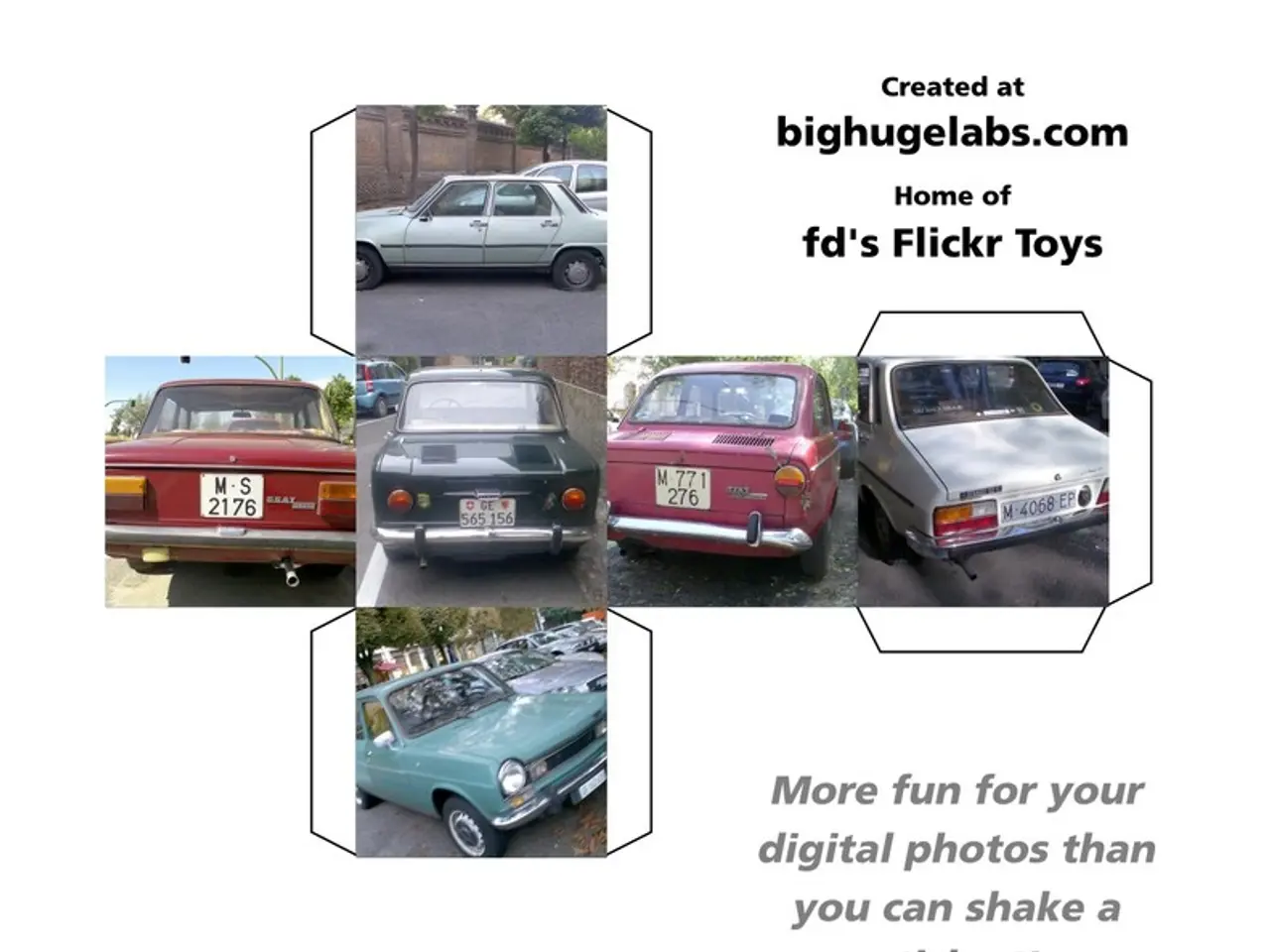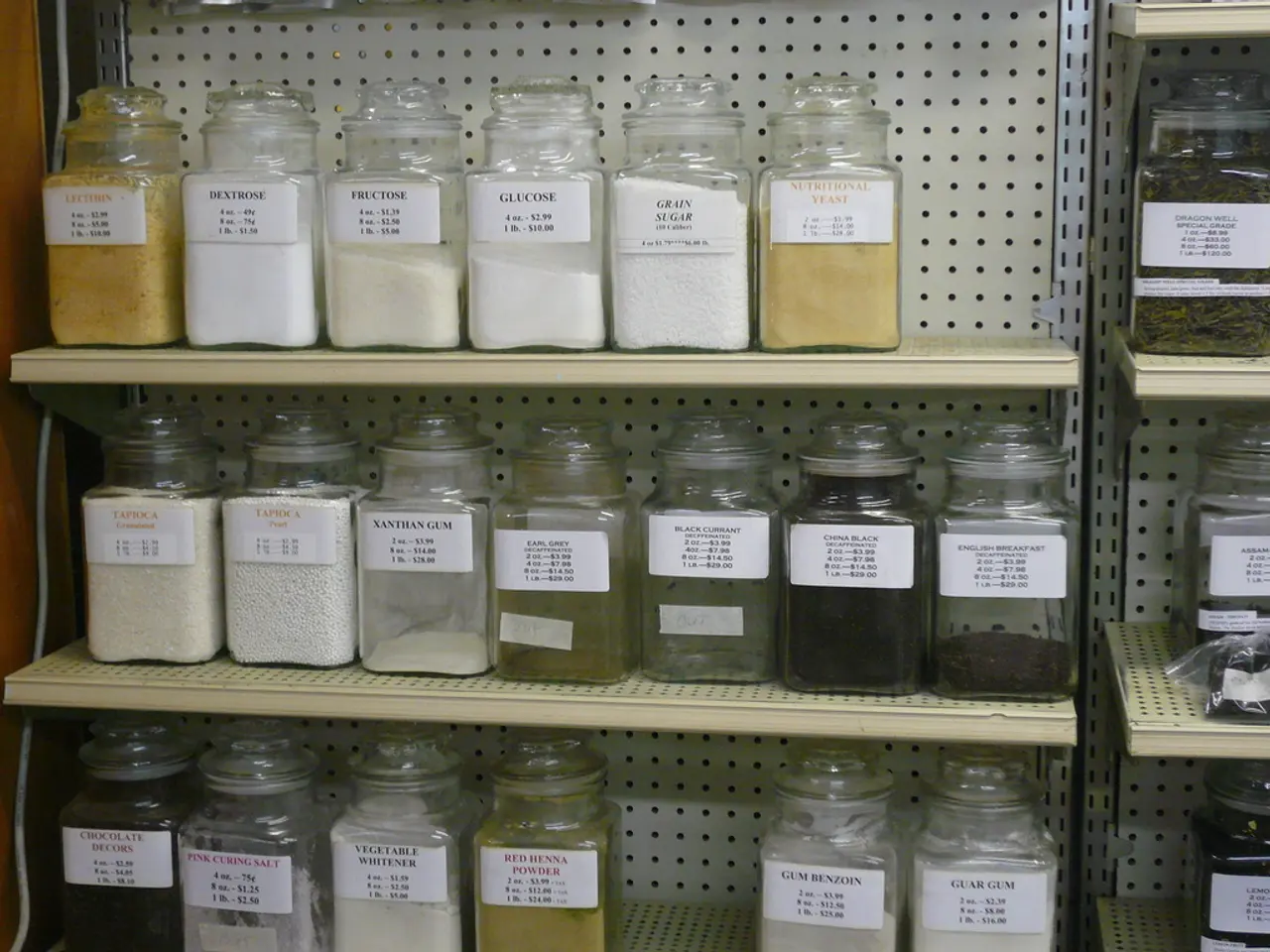New Law on Autonomous Taxis in Texas - Implications for Tesla's Future Operations
In a significant move for the autonomous vehicle industry, Tesla has initiated a robotaxi service in Austin, offering $4.20 rides with self-driving Model Ys. However, the rollout of this service is under scrutiny by safety experts and federal regulators, including the National Highway Traffic Safety Administration (NHTSA).
To address concerns and ensure safety, the state of Texas has passed a new law concerning autonomous vehicle operations, effective September 1, 2025. This legislation marks a shift from Texas's previous hands-off stance toward autonomous vehicles to a more regulated environment prioritizing transparency, safety, and public trust in driverless technology.
Key provisions of the new law include the requirement for companies to obtain a state-issued permit from the Texas Department of Motor Vehicles (DMV) before operating autonomous vehicles without human drivers on public roads. Companies must also submit detailed documentation explaining how their vehicles comply with all Texas traffic laws, how they handle system failures mid-route, and how they will coordinate with emergency responders (police, firefighters, paramedics) after accidents.
Additional requirements include proof of vehicle registration, title, and a minimum of $250,000 in liability insurance coverage. Vehicles must also be equipped with data recorders and a fail-safe mechanism ensuring the vehicle can enter a minimal-risk condition if the autonomous system fails. Companies must also provide a plan for interaction with first responders to manage autonomous vehicle incidents.
The DMV can suspend or revoke permits at any indication of public danger and has the authority to impound vehicles operating without proper approval. Civil fines for violations can reach up to $25,000 per incident. Notably, the legislation requires operators of fully autonomous vehicles to secure a permit from the Texas Department of Motor Vehicles, and permits could be easily revoked if issues arise.
For Tesla's robotaxi service in Austin, which currently operates around 10–20 driverless Model Ys geofenced to the city center and uses a human safety monitor, the new law means that Tesla must apply for and disclose detailed operational information to the DMV. Although the DMV cannot mandate specific sensor technologies, Tesla must prove compliance with traffic rules and federal vehicle safety standards. The data-sharing requirements and emergency coordination plans represent new operational challenges and potential permit risks for Tesla's camera-only autonomous approach.
University of South Carolina law professor Bryant Walker Smith stated that in Texas, the permit is "easy to get and easy to lose." As for Tesla's response to these new regulations, the company has not yet commented on whether it will adjust its operations to comply with the new Texas rules.
Tesla views robotaxis as a critical component of its future business, with CEO Elon Musk suggesting they could boost the company's valuation into the trillions. The successful implementation of this technology in a regulated environment like Texas could pave the way for wider adoption of autonomous vehicles across the United States.
[1] https://www.texastransportation.org/autonomous-vehicles/legislation/ [2] https://www.autonews.com/regulation-safety/article/texas-autonomous-vehicle-bill-would-require-permit-from-dmv-364774 [3] https://www.reuters.com/business/autos-transportation/texas-to-require-permits-for-autonomous-vehicles-starting-2025-2021-05-11/ [4] https://www.nbcnews.com/tech/tech-news/texas-set-require-permits-autonomous-vehicles-starting-2025-rcna29537
- As the state of Texas prepares for a more regulated environment prioritizing transparency, safety, and public trust in driverless technology, companies like Tesla must now apply for a state-issued permit from the Texas Department of Motor Vehicles (DMV) before operating autonomous vehicles without human drivers on public roads.
- The new Texas law requires companies to provide a plan for interaction with first responders to manage autonomous vehicle incidents and to prove compliance with Texas traffic laws, federal vehicle safety standards, and traffic rules to ensure the safe operation of robotaxis like Tesla's in Austin.




